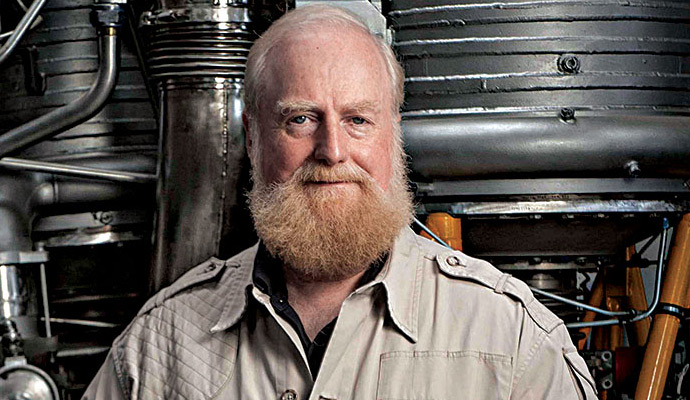There’s a long history of ‘corporate antibodies’ blocking innovation. The challenge stems from the issue of KPIs vs innovation. Most organisations have a well tuned engine room that produces profit. It’s specifically tuned to eliminate variation and maximise efficiency. These two goals don’t fit well with innovation which can be messy, iterative and inefficient. In this blog post, Steve Blank offers a cunning plan to work around the anti-bodies in a manner that both enables innovation and builds capability. The essence of the idea is that organisations need a set of processes for the engine room, and another set for innovation.
In his post Steve even offers templates for how a leadership team should manage implementing this process, which is something that is increasingly rare to find online (where it’s easy to be a innovation expert on theory, but much harder to prove real-world credentials).
It’s a highly recommended read if you’re in a large organisation, and banging your head against the wall trying to move the dial on innovation.

